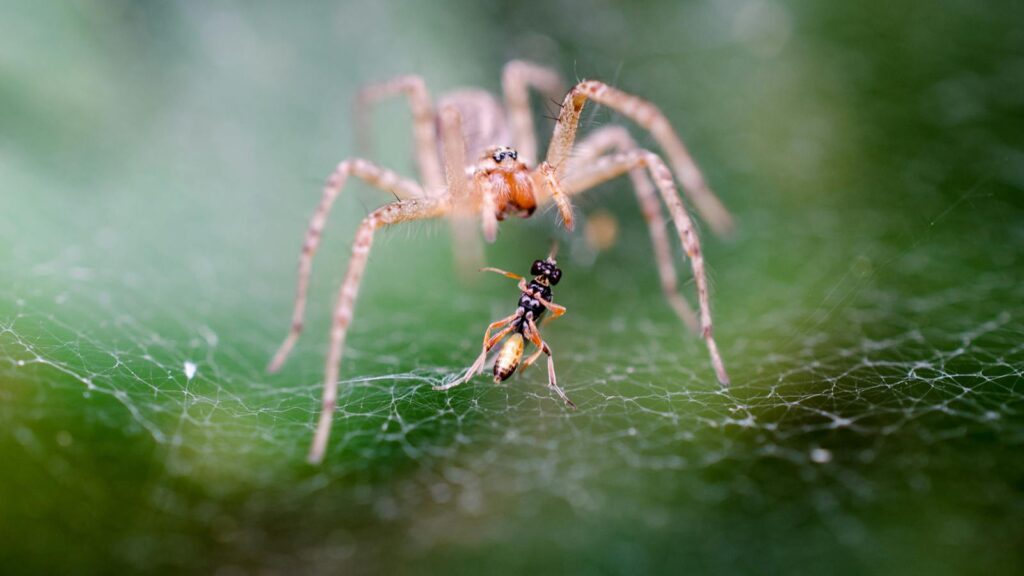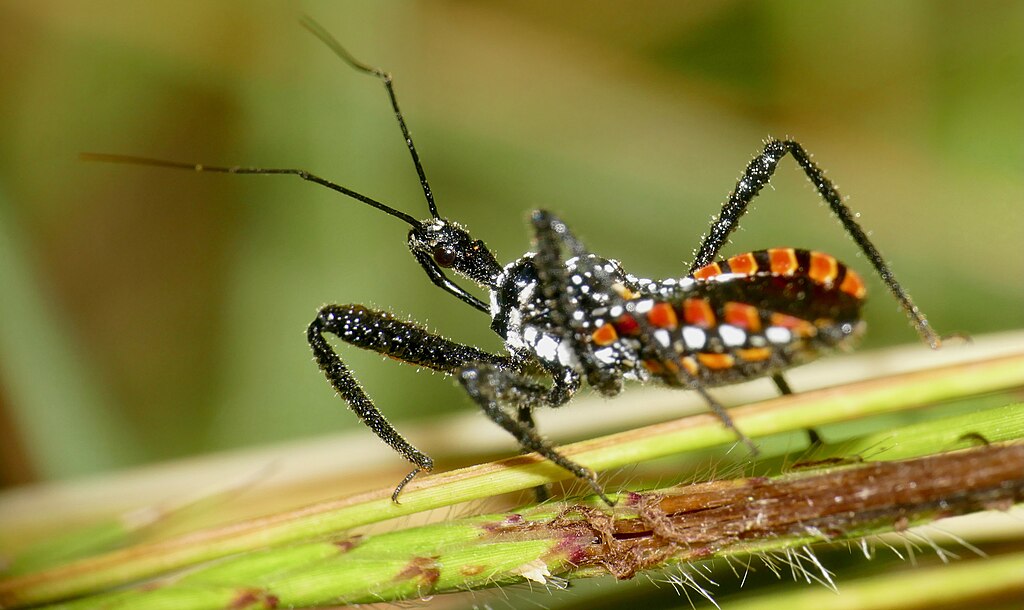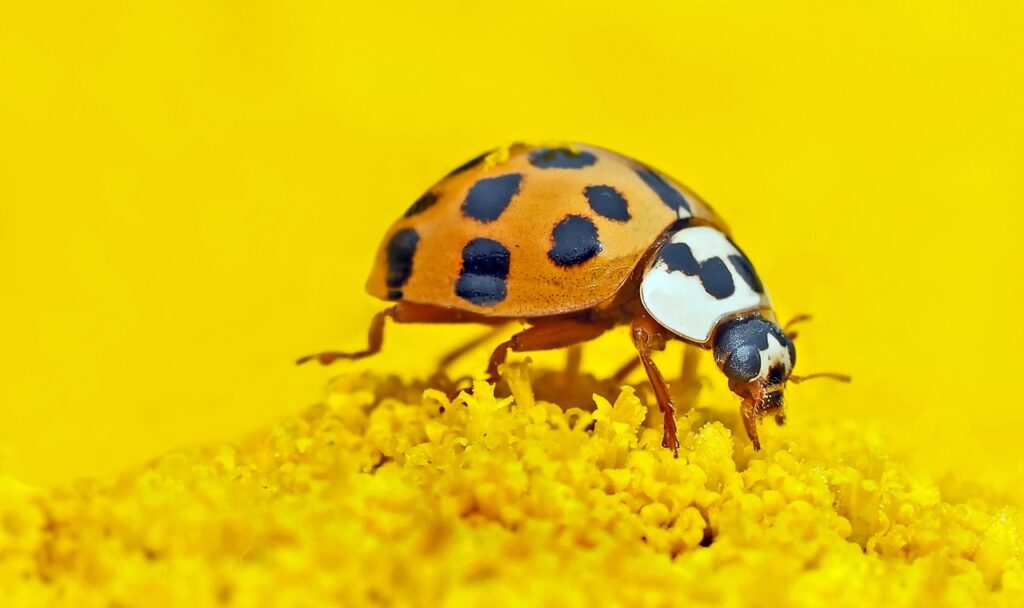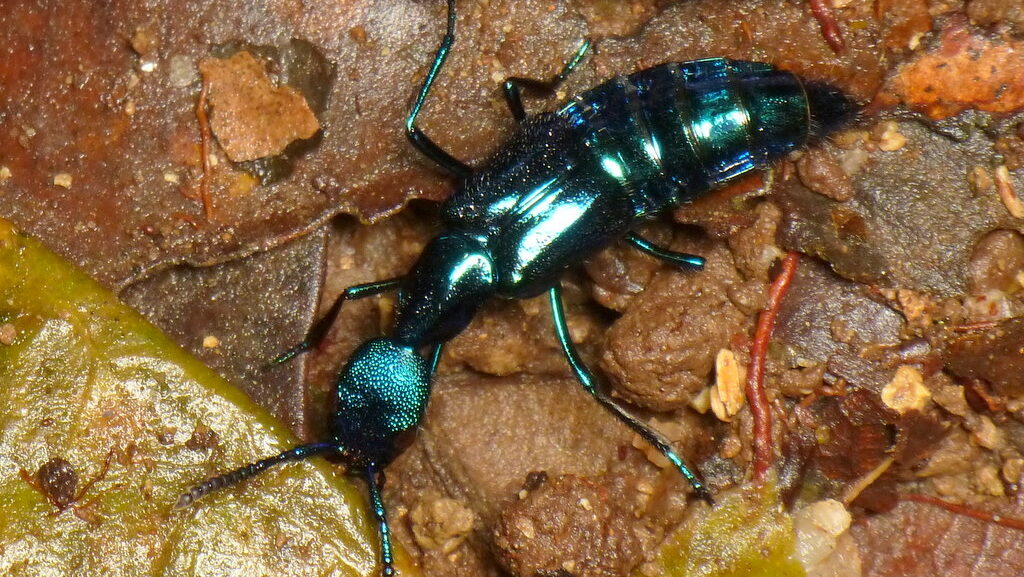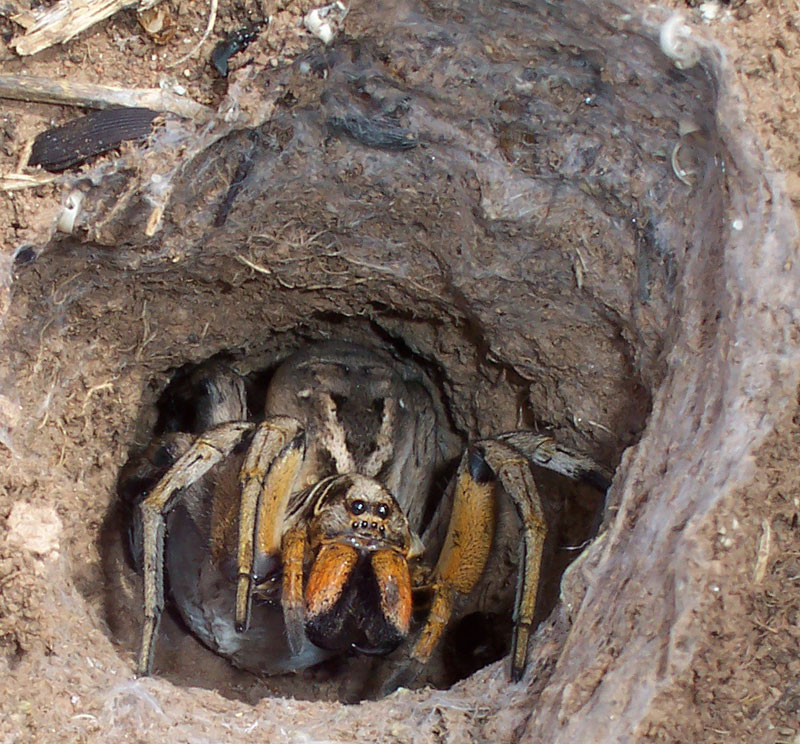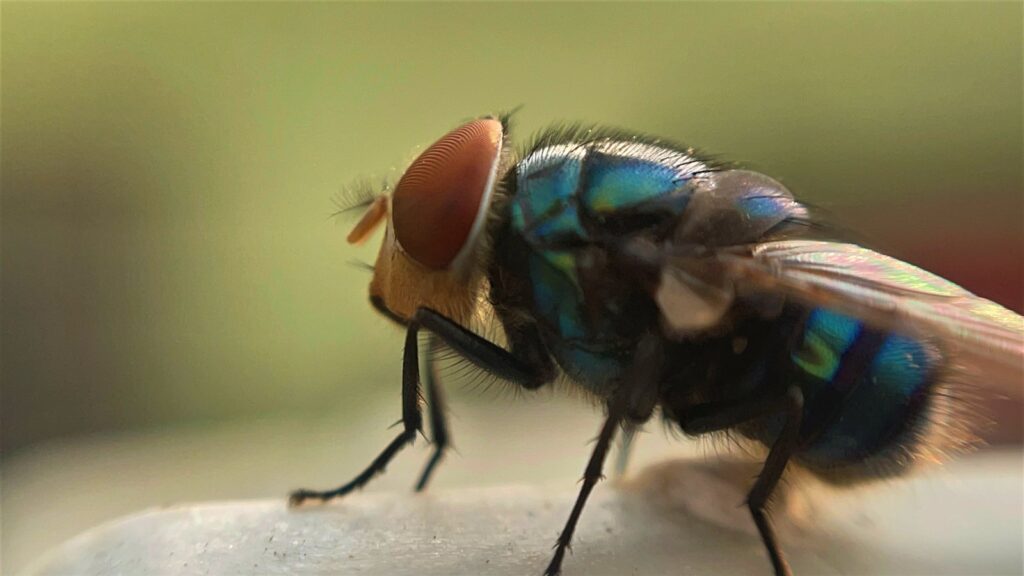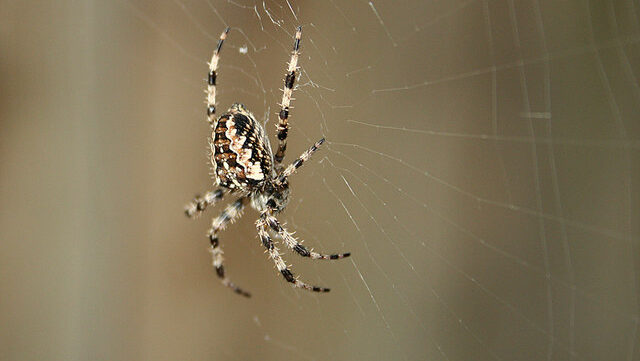The Bug That Lives in Ice and Comes Back to Life in Spring
Imagine a creature so resilient it can survive being frozen solid for months, only to wake up and continue its life as if nothing happened. This isn’t science fiction – it’s the extraordinary reality of certain insects that have mastered the art of surviving in some of Earth’s most extreme conditions. These remarkable creatures have ...


